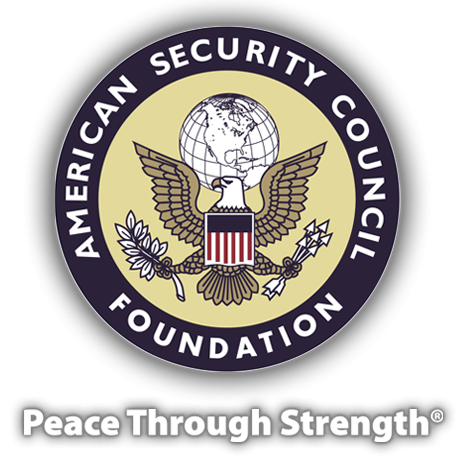Why Rebuild the Army?
Last month, this column addressed three requirements for rebuilding the Army (“Road to Restore, Refurbish, Reconstitute”). First, recognize the Army is too small and authorize an immediate addition to the end strength. Second, direct Army leadership to design the force actually needed to satisfy the National Military Strategy. Third, recognize that a commitment to a winning military effort requires the commitment of all the joint forces; no war has been won by our individual services operating alone.
It was a summation of what we need, but it did not address why. Again, there are three requirements for answering the question of why we need larger, more capable forces.
First is the promise provided by the “peace through strength” policy that has been recognized for many years as an effective means of informing the world that we are capable of enforcing policies and decisions that protect and further our national interests. The spectrum of this requirement stretches from our capability to counter nuclear and other mass-destruction means employed against our homeland or our deployed forces and our allies down to the lesser intense responses to natural disasters, pandemics or other peacetime pursuits.
The total force must be known to be capable, employable, sustainable and affordable. Presently, all forces suffer weaknesses in strength, equipment shortages, a backlog of maintenance requirements, and a stagnation of modernization as research and development funding has been curtailed to pay for current operations. The demands of political correctness and dictated social programs further deplete funds needed elsewhere. A recent national security appraisal by the Heritage Foundation found the Navy and Air Force “marginally” capable and the Army “weak”—and peace is only a future possibility.
The primary mission of the armed forces underlying the peace-through-strength requirement is the deterrence of armed conflict, again starting at the introduction of mass-destruction means, or preventing the escalation or expansion of an ongoing campaign to a wider and more destructive war. It encompasses an acceptance of the capability and reliability of our forces, and a commitment to use them when a response to enemy use is necessary. Coincidentally, there is a need for worldwide respect for our naval control of the seas, air superiority, and a credible land power force that can be committed rapidly to the site of a crisis.
Deterrence can never be claimed, only observed. What we have witnessed is that from the end of the Korean War until the end of the Cold War, our forces were seen as capable, apparently trained and ready, and positioned properly to discourage potential enemies from initiating hostilities. A “trip-wire” employment was backed by a reinforcing capability that was exercised sufficiently to remain credible and respected.
Our deterrence posture today is limited. Long-range missile systems approach obsolescence and perhaps suspect reliability. Forward-stationed forces are reduced in numbers; their trip-wire location’s reinforcement is questionable, as the forces already engaged around the world have depleted equipment availability and the trained and ready units that can be committed as reinforcements are too few or far removed.
The remaining “why” for rebuilding the Army is because the Total Army system has been overcommitted, overstressed and eroding for the past 15 years. The officer and NCO corps education systems have been reduced in scope and time devoted as training for immediate operations became paramount. The repair, maintenance and acquisition of equipment needs adequate funding.
Family satisfaction with Army life has suffered a continuing deterioration as the spouses and children of career soldiers have tired of the absences demanded by repetitive deployments. A future of continuing mission requirements that schedule a year deployed followed by a year in the continental U.S. is not an attractive way to spend a 20-year career, especially when the year at home may require five months at a service school, transfer to another early-deploying unit, and six more weeks of absence from family at a national training center. The burgeoning of unaccompanied tours as rotating units replace those forward-stationed contributes markedly to the lack of satisfaction among career families who used to enjoy two or three years in Europe or Asia or Latin America.
Rebuilding the Army will take time and funding that will be costly initially, but which has proved in the past to be most effective and economical in the long term. Our Cold War experience, with quick resolution of the campaigns engaged in during that period, seems proof enough.
Gen. Frederick J. Kroesen, USA Ret., formerly served as vice chief of staff of the U.S. Army and commander in chief of U.S. Army Europe. He is a senior fellow of AUSA’s Institute of Land Warfare.
This article originally appeared in ARMY magazine, Vol. 67, No. 2, February 2017. Reprinted by permission. Copyright 2017 by the Association of the United States Army, all rights reserved.











